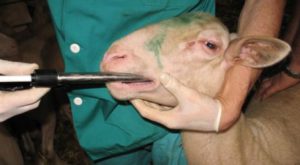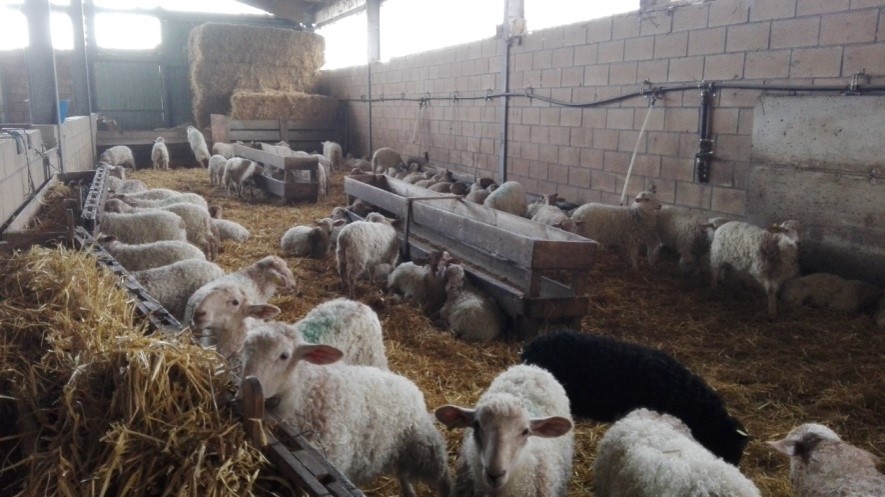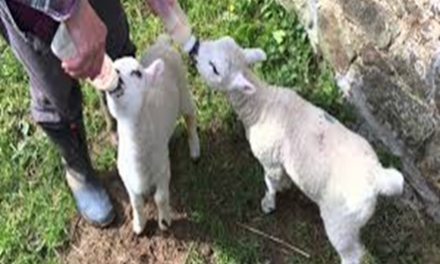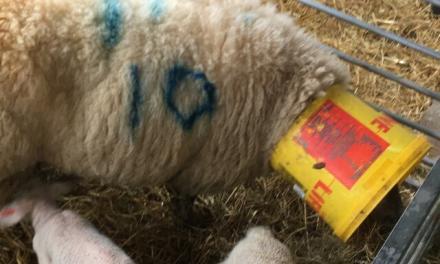This post is also available in:
![]()
![]()
![]()
![]()
![]()
![]()
Deworming program for sheep
Aim: To have a deworming program to help the farmer to maintain or improve the body condition of animals.
To identify the specific parasitism problems (species and quantity of internal parasites) observed in the different age periods when animals may be more parasitized. Based on the results obtained, to decide if it is necessary to carry out a deworming treatment, and to use the most appropriate deworming product. The dosage should be based on the live weight of the heaviest animals in the batch.
Topic: Health
Production: Dairy/Meat
Animal Category: Ewe/Replacement
Issue: Poor Body Condition
Level of Solution: Practical
Country: Spain

How to implement
Replacement:
- After weaning of lambs: coprological analysis (faecal egg count) to assess coccidian parasitism.
- 4-6 months old replacement animals
- Permanent housing: coprological analysis (faecal egg count) to assess cestodes and coccidian parasitism.
- 1-2 months after the start of grazing: coprological analysis (faecal egg count)
- 8-10 month old replacement animals: coprological analysis (faecal egg count)
Ewes:
- One month before the beginning of the lambing season: coprological analysis
- At the end of the milking period: coprological analysis
Expected benefits
- Improving body condition
- Improving feeding efficiency, higher growth rate and production
- Less amount of anthelmintic used.
- Decrease the risk of resistance to antihelmintics.
- Improvement animal health and welfare
Cost Benefit analysis
Coprological analysis allows a more rational (less product and fewer treatments) and effective use of anthelmintics against internal parasites present in the flock. It also reduces the risk of resistance and improves flock productivity. For a 300 heads dairy sheep flock, the gross benefit achieved by the implementation of this practice can be assessed around 4800 €.
Sustainability analysis
A good deworming programme and the use of specific anthelmintic products improve feed conversion efficiency, decreases the parasite load of grasslands and reduce the number of plastic packages used. As a result of healthier sheep, the methane enteric emission is expected to decrease. Also, since the antiparasitic treatments are only applied when required (after coprological analysis and only to infested group of sheep), the amount of residues generated is lower, and so the incidence on the soil microfauna.
Fewer but more effective anthelmintic treatments allow the farmer to have more leisure time, improve animal health and welfare, and reduce side effects on soil organisms caused by degradation products, improving biodiversity and functionality of pastures.
Prerequisites and/or limits
- Collection of faeces directly from the animal’s rectum.
- Sending the faecal samples to the laboratory
- Perform coprological analysis (faecal egg count)







